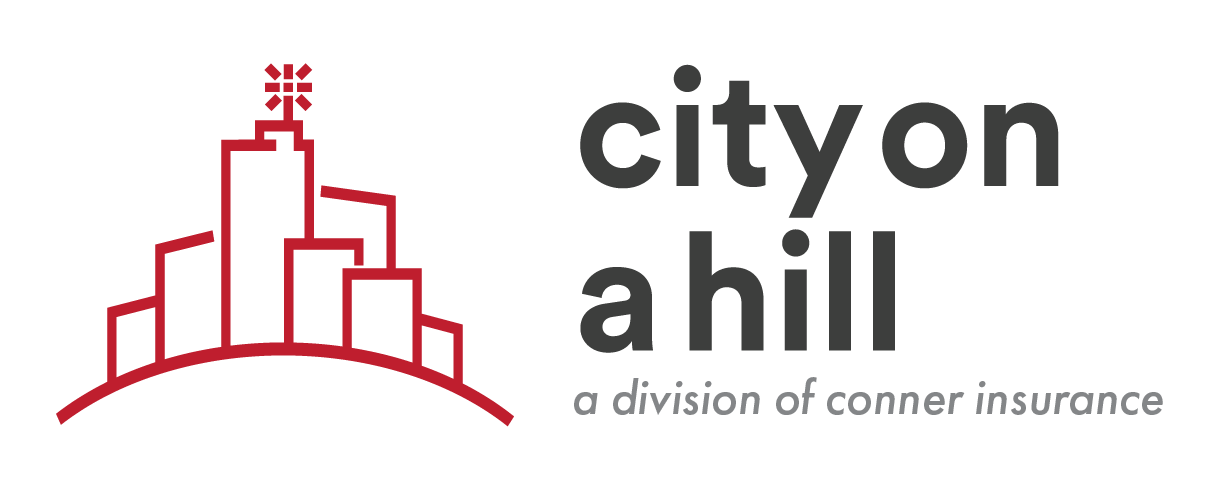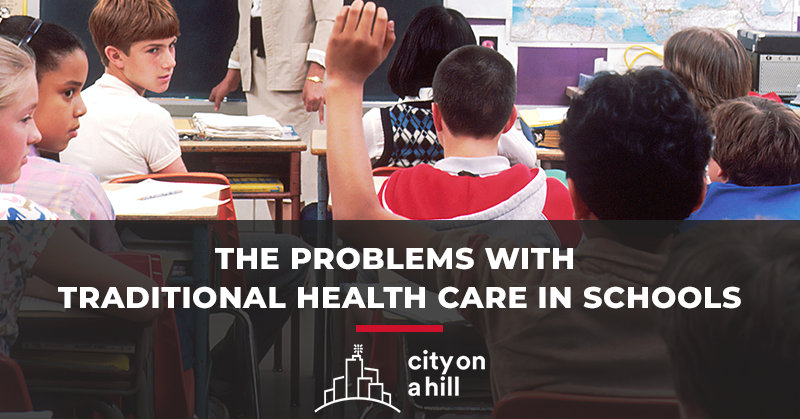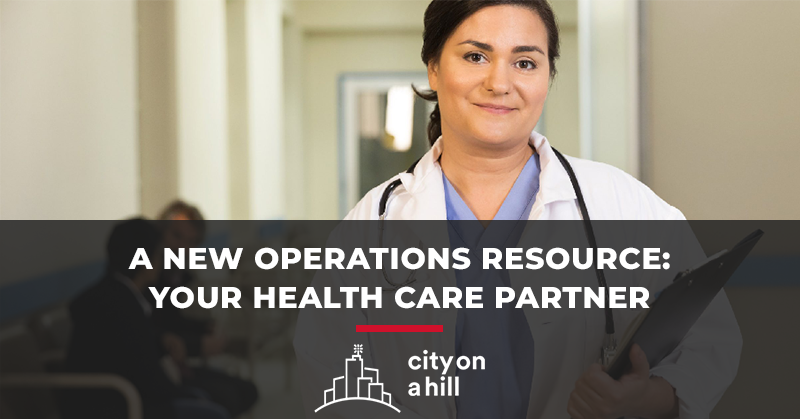The 90s and into the 2000s were pivotal years for photography. As the costs of film and access to photography development services grew, disposable cameras began entering the market and were soon followed by the earliest versions of digital cameras. At first, these devices were big and clunky and expensive, but tech evangelists and key players in the photography industry saw them as the beginning of a new era for photography.
Kodak, however, disagreed. Kodak decided that digital photography was a passing fad and opted to not pivot the business into digital.
Today, we know how that story ends. Kodak is still around, but it is far from the behemoth it once was. Kodak had all of the resources it needed to seize and dominate the blossoming digital photography market, but the leadership chose not to act. And that inaction proved to be a costly mistake, opening the door to competitors to chip away at Kodak’s customer base and market dominance.
The Cost of Inaction
Kodak’s story is not a new one, unfortunately. Powerful businesses often miss new ideas because they fear change and believe that inaction is a safe strategy.
Sear’s, with its national chain of department stores and thriving mail order catalog business, could have evolved to become what Amazon is today. Disney famously derided 3D animation and passed on supporting what would become Pixar only to buy the company later for $7.4 billion. And the examples go on and on.
If you apply this lens to your own organization, you will discover that inaction can hobble your business at many unexpected points. For example, our work with employee benefits means that we see, again and again, how painful inaction can be.
Sure, changing your benefits plan is a complex challenge, but what are the costs of not changing? Here are some top-level consequences:
- You pay more than you should. If you overpay for your benefits, the total loss of revenue year over year can be substantial. It’s expensive to sit still.
- You lose potential growth. All of the revenue you wasted on your bloated, ineffective benefits plan means fewer dollars to reinvest in your organization, slowing progress across the board.
- Employee morale suffers. Choosing to not address your benefits plan means that the quality of your benefits will likely decline each year, which means more frustration and heartache for your people, and that adds up quickly.
Adopt a Proactive Perspective
To avoid becoming a Kodak in your own way, you need to be willing to pursue new ideas and try new things. That’s scary, yes, but inaction should scare you even more.








